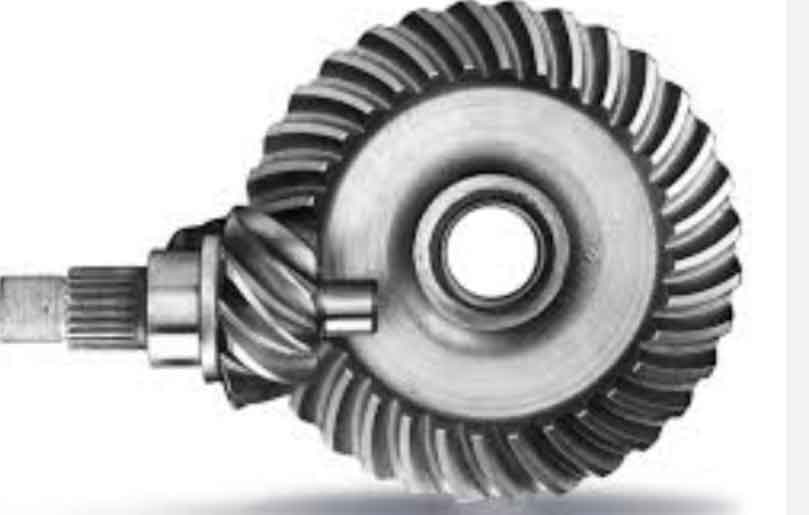Proper lubrication is crucial for ensuring the performance, efficiency, and longevity of hypoid gears. Hypoid gears operate under high loads, speeds, and sliding conditions, making lubrication essential for reducing friction, wear, and heat generation. Here are some best practices for hypoid gear lubrication:

- Lubricant Selection: Choosing the right lubricant is vital. Consider the following factors:
- Viscosity: Select a lubricant with the appropriate viscosity for the operating conditions and temperature range. Consult the gear manufacturer’s recommendations or lubricant supplier for guidance.
- Extreme Pressure (EP) Additives: Hypoid gears experience high contact pressures. Ensure the lubricant has EP additives to provide protection against extreme pressures and prevent metal-to-metal contact.
- Compatibility: Ensure the lubricant is compatible with the gear materials, seals, and other components in the gear system.
- Lubricant Quality: Use high-quality lubricants that meet or exceed industry standards and specifications. Poor-quality lubricants can lead to accelerated wear, decreased performance, and reduced gear life.
- Lubricant Change Interval: Establish a regular lubricant change interval based on the gear system’s operating conditions, load, and temperature. Periodic lubricant analysis can help determine the appropriate interval and identify potential issues.
- Lubricant Quantity: Ensure the gear system is properly filled with the recommended lubricant quantity. Insufficient lubrication can result in increased friction, wear, and overheating, while over-lubrication can lead to churning losses and increased operating temperatures.
- Lubrication Method: Pay attention to the lubrication method and ensure proper distribution of the lubricant throughout the gear system. Common methods include oil bath lubrication and forced lubrication systems, which utilize pumps or sprayers for precise lubricant application.
- Temperature Control: Monitor and control the operating temperature of the gear system. Excessive heat can degrade the lubricant and reduce its effectiveness. Consider using cooling systems or heat dissipation methods, if necessary.
- Maintenance and Inspection: Regularly inspect the gear system for signs of lubrication degradation, contamination, or leaks. Address any issues promptly and replace the lubricant if necessary. Monitor the gear system’s performance and conduct vibration analysis or noise measurements to detect potential problems early on.
Remember to consult the gear manufacturer’s guidelines and recommendations regarding lubrication practices specific to their gear design. Additionally, comply with industry standards and local regulations related to lubrication, disposal, and environmental considerations.
By following these best practices, you can optimize the lubrication of hypoid gears, reduce wear and friction, enhance performance, and maximize their longevity and reliability.
